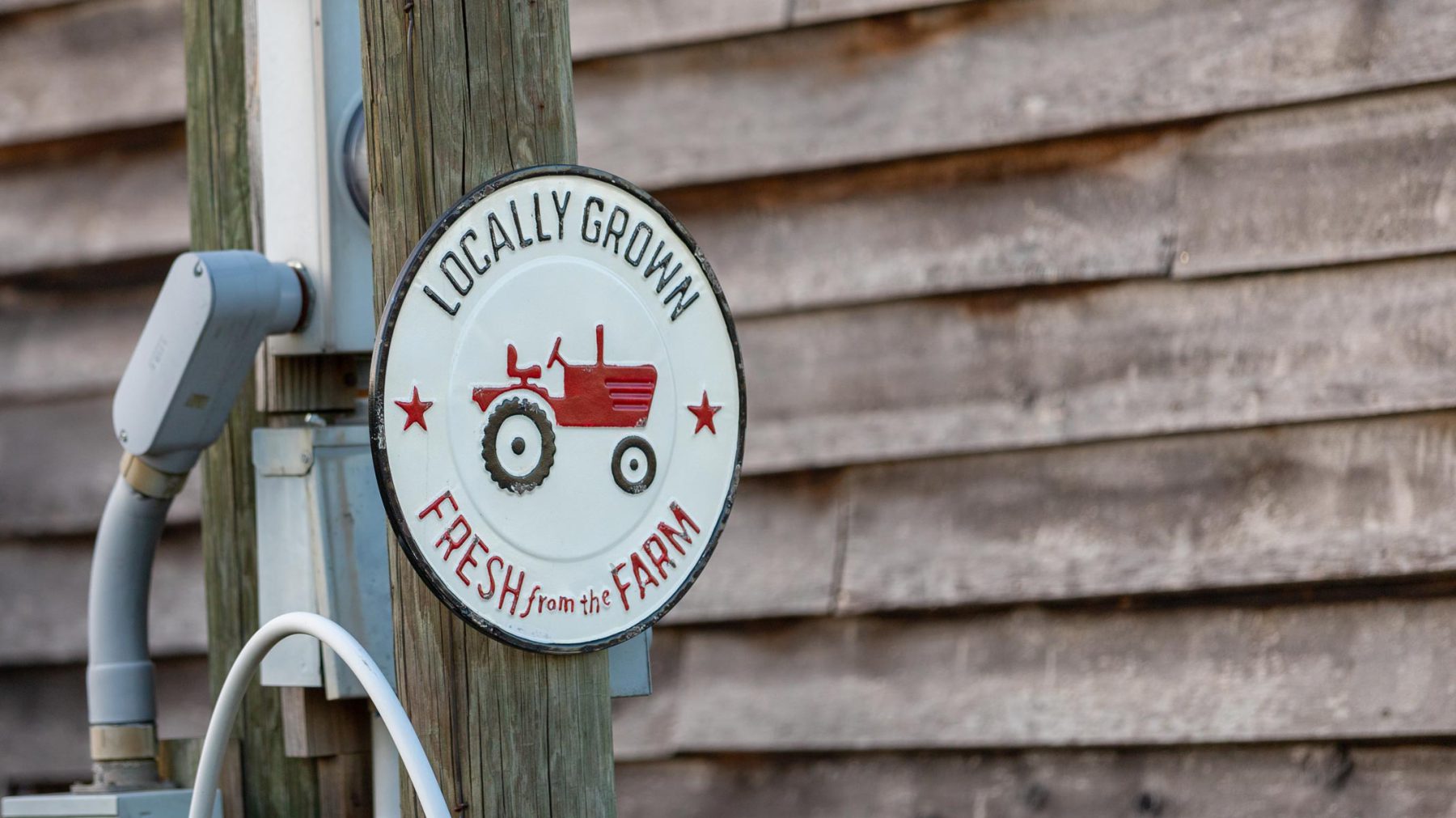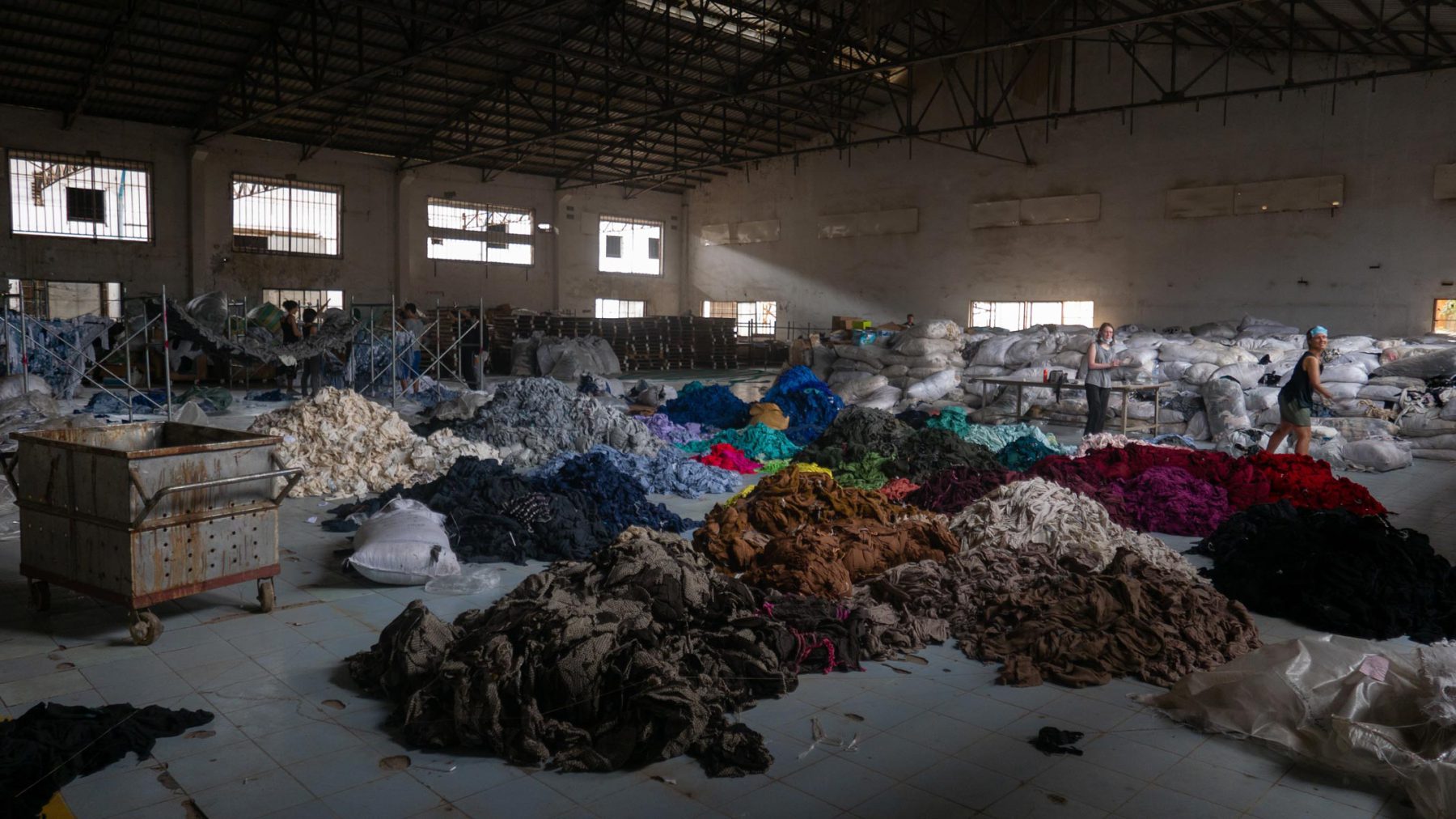Estimated Reading Time: 7 minutes
Climate change can seem like a problem too big for us to handle as individuals, and the small actions we take every day can sometimes feel small and insignificant. But this is not the case. We are all here together on Earth and our individual actions collectively mean a whole lot to the health of the planet! We can all do our bit, and here’s how.
What Is A Carbon Footprint?
“Carbon footprint” is the term given to denote the total carbon output of an individual, company or country. As individuals, our carbon footprint is generally made up of many aspects of life, including dietary choices, energy consumption, waste output, transport, and more.
How Do I Know What My Carbon Footprint Is?
Carbon footprints can be complex, as there are many different ways of calculating them
down to the last detail. As individuals, however, we need only worry about our primary carbon output as a result of our everyday actions, as these are the things we have control over and can change!
To find out what your impact is, we recommend these carbon footprint calculators:
Why Is It Important To Reduce My Carbon Footprint?
Climate change is a major threat to humanity and the consequences of inaction will be catastrophic for all people, animals, and the planet. By reducing our carbon footprint, we can mitigate these negative consequences, whilst simultaneously improving our quality of life.
It’s a no-brainer, especially when so many of the interventions we can make are quick, easy, and effective!
How To Reduce Your Carbon Footprint At Home
Our carbon footprint is directly dependent on how we choose to consume and the actions we choose to take. For example, if a person intends to go to the shops, they generally have a choice of how they transport themselves there. We can then choose the most carbon-effective option available to us. That’s just one example, and there are many areas of our life where our impact is significant but we may not realize it.
Here’s a list of 10 interventions we can all consider to lower our carbon footprint.
1. Buy Energy Efficient
Energy-efficient products have never been more available and affordable than they are now. If you’re thinking of upgrading any of your appliances, look out for the energy star label. These products will save you both carbon and money on your energy bills, so it’s a win-win! Of course, repairing what you have, or buying second-hand products instead of buying new, may also be the best option.
2. Buy Locally Sourced
Products that have traveled less distance may have a lower carbon footprint than those that have traveled great distances, especially if they have been transported by air. While this is a good general rule, it’s not always this simple, and there are times when what you buy is more important than where it came from.
For example, buying locally sourced beef is far worse for the planet than buying plant-based products that have been shipped across America, as beef is such an intense emitter of greenhouse gases.
3. Change Your Diet
This is by far the most effective change we can all make today to reduce our individual footprint. Animal agriculture contributes at least 15 percent of all greenhouse gas emissions, which is more than the exhaust from all forms of transport combined. Yet, diet change is rarely a part of the conversation when it comes to climate change.
Comprehensive studies of the literature have shown that adopting a plant-based diet is one of the four most effective changes we can all make to reduce our carbon footprint, alongside flying less, living car-free, and having fewer children. Researchers found that one year of not consuming meat was 99 percent more effective than the commonly promoted action of switching plastic bags for canvas bags.
Oxford University and the Swiss agricultural research unit combined to produce the most comprehensive database on the environmental impact of different foods. Whilst each food’s impact has variability, the difference in impact between animal-derived foods and plant-based foods cannot be ignored. They found that almost every animal food is worse for the planet than almost every plant food.
4. Don’t Buy Fast Fashion
Global clothing brands that produce fast fashion rely on poor environmental practices to produce their cheap clothing. They take advantage of low-income countries without strict environmental regulations, so they can save money on being responsible.
Textile dyeing is the second largest polluter of water globally, and it can take up to 2,000 liters of water to produce one pair of jeans. Fast fashion companies use toxic chemicals in this process that result in the waste water being untreatable and ending up polluting oceans and rivers.
Overall, the fashion industry is responsible for between two and eight percent of global emissions, and the majority of this is the result of waste textiles ending up in landfill or being burned. The advice is: buy less and make it last!
5. Drive Less
Living car-free is identified as one of the four most effective changes we can make to reduce our carbon footprint. If everyone reduced their time behind the wheel by 10 percent, around 1300 miles a year per individual, the positive impact on our carbon footprint would be staggering.
Cutting out driving for short journeys is the first step. Walking, cycling, or using public transport are all easy options for many people, and they are cheaper and better for our health, too! What’s not to like?
6. Have Fewer Children
Recent studies show that having one fewer child than planned outperforms all other actions when it comes to reducing our carbon footprint. The numbers are truly impactful: having one less child can reduce our carbon equivalent emissions by 58.6 tons per year, compared to 2.4 tons for the next biggest action.
Having a child is a deeply personal choice and we recognize that this can be a difficult issue to discuss. However, it is important that we each understand how our decisions affect our Earth, and limiting the number of children we have is the most effective method to reduce that impact.
7. Insulate Your Home
Residential energy use, largely heating and cooling, makes up 20 percent of the GHG emissions in the US. So, for those who live in colder climates, adding insulation to your home can be a huge saver of both cash and carbon! This guide from the US energy department tells us all about how to efficiently insulate our homes, and for those who think they might not be able to afford insulation, have a look at the many grants available!
8. Recycle
According to National Geographic, a massive 91 percent of plastics are not recycled in the US. This figure is astounding considering how long recycling has been available to us. Plastics are a micro carbon, so they require oil to be produced. The more oil we continue to extract from the Earth to make plastics, the more carbon we emit, it’s as simple as that. Ideally, we should avoid buying plastic, but when we do, we need to recycle it. And since the biggest oceanic plastic polluter is the fishing industry, stopping eating fish is another great way to help.
9. Switch To Renewables
How many of us actually know how the energy we use is produced, or that we have a choice of how green our energy plan is? Many of us would be shocked to discover that our energy bills are funding the burning of dirty, carbon-rich coal. This guide from the US energy department tells us how we can make our energy bills greener and reduce our overall carbon footprint as a result.
10. Use Less Water
We would be wise to consider how we might reduce our water consumption as this tends to go hand-in-hand with energy use. The single most effective way to do that, is not to shower less or wash the car less (although these things do help), it is to stop eating meat. Just six ounces of beef can take a staggering 600 gallons of water to produce. So, by going plant-based we can save the most water of all.
What Reduces Carbon Footprint The Most?
Recent comprehensive research has identified the four most effective actions for reducing our carbon footprint. Unfortunately these are never the actions promoted by governments, who prefer to peddle micro actions that make little or no difference, but take our focus away from the polluting meat and energy companies we should be holding to account.
To make the biggest reduction to our carbon footprint possible, we can adopt plant-based diets, drive our cars less, fly less, and have fewer children. When did you last hear the government advising us to do any of those things?
Conclusion
We have covered 10 ways in which we can all reduce our carbon footprints, and established that the most effective actions are not always the ones we are encouraged by governments or companies to do. As individuals, however, we have the power to think for ourselves and to adopt the most effective actions for the good of the planet.
So this new year, let’s all do our bit, and we can start right now by trying a plant-based diet. After all, there is no collective change without individual change, so why not lead the way?






